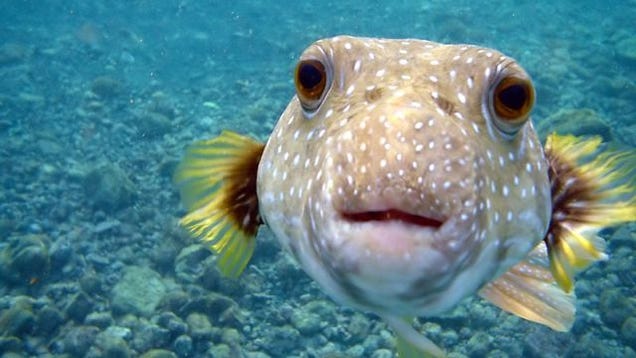- In normal cells water enters by osmosis - too much water, the cells burst (osmotic lysis)
- Bacterial cells have a tough cell wall which prevents the cell from expanding
- Antibiotics stop the bacterial cell wall from forming correctly so the wall is weaker.
- This weakened cell wall means that the cell can burst due to osmotic lysis so the bacteria doesn't spread
Although there's a new problem, antibiotic resistance:
- Shortly after antibiotics were discovered, small groups of people were developing resistance due to a chance mutation.
- The mutation caused the production of a new enzyme which broke down the penicillin.
- The gene that coded for this mutation then is passed to the next generation (through vertical gene transmission)
- The antibiotic resistance gene carries plasmids so it can pass onto other bacterial species via horizontal gene transmission.
Why do bacteria need to adapt?
Similarly to what Darwin said, only the fittest survive, so to increase their chances of survival, they need to adjust to suit their environment. What this does mean however is that antibiotics can quickly become useless as the bacteria adapt to become resistant to them.
Conjugation
- A donor cell produces a thin conjugation tube between its cell and the recipient cell.
- The donor cell replicates its plasmids
- The plasmid is unwound so it's now straight and can fit through the conjugation tube
- The replicated plasmid moves through the conjugation tube and enters the recipient cell
- The plasmid which has just entered the recipient cell now returns to a circular shape
- The bacteria has now replicated.
Key terms:
- Mutations: A random change in the quantity or structure of DNA (one base is added,deleted or replaced)
- Conjugation: The fastest method of evolution where DNA of existing individuals is combined - horizontal gene transmission
- Plasmids: A circular piece of DNA
Vertical Gene Transmission - DNA passed to the next generation of the SAME species
Horizontal Gene Transmission - DNA passed to different species via CONJUGATION

